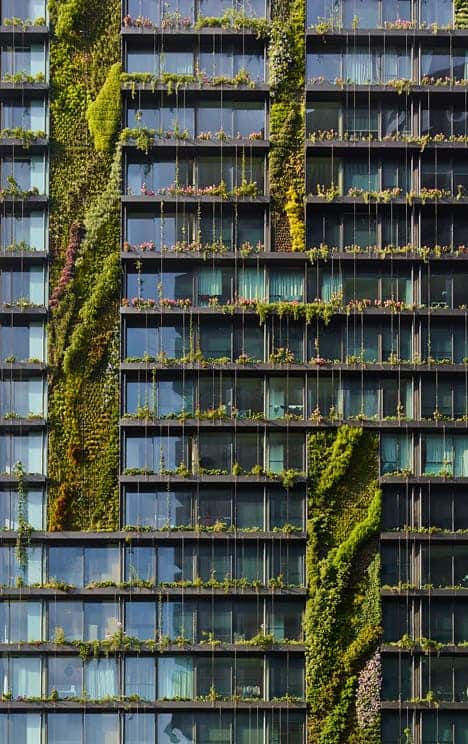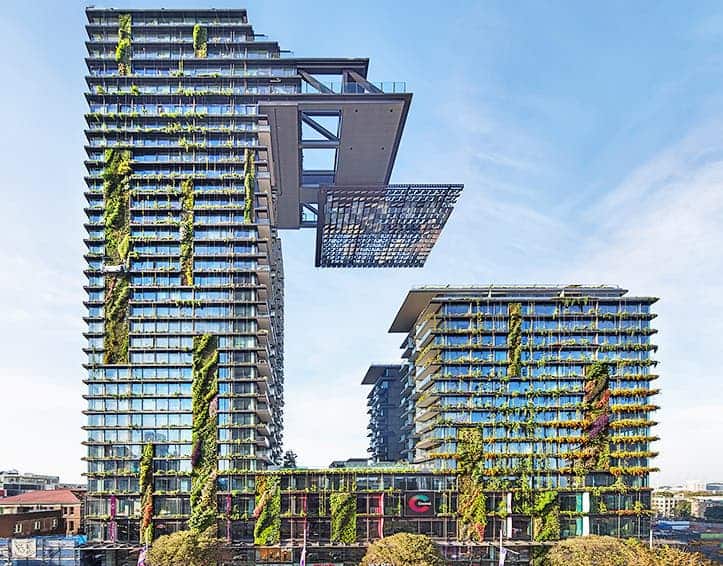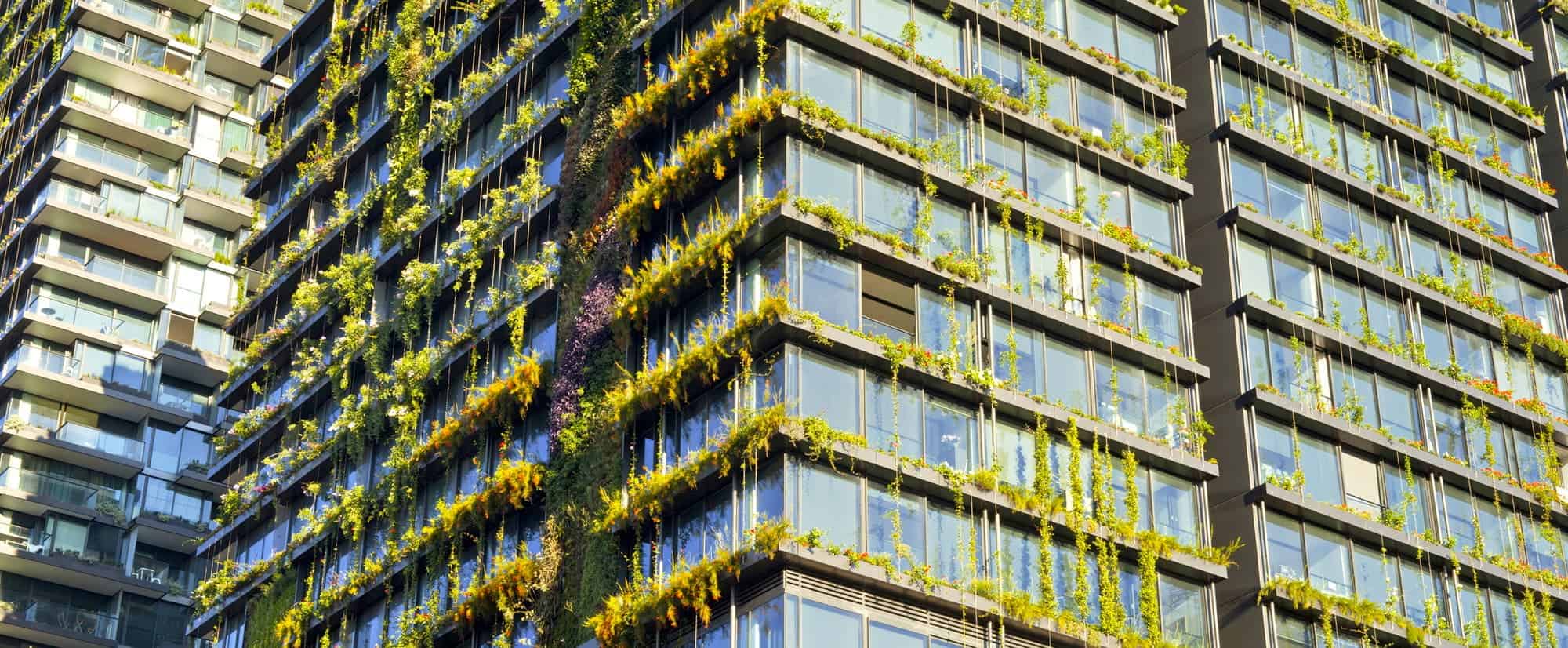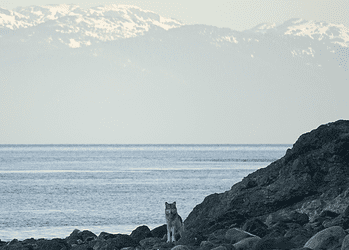Sydney can boast the tallest vertical garden in the world. Completed in 2014, the city’s One Central Park is a towering residential building dressed in dazzling green plant garb.
They’re stuffy, they’re gray, they’re dusty — they are cities. To satisfy our ever-growing need for space, engineers have paved and built over green areas, leaving only a tiny sliver behind as parks. But cities and greenery can coexist marvelously, Parisian architect Jean Nouvel and French artist and botanist Patrick Blank believe. The duo’s vision was proven right in 2014 as Sydney’s 166 meter (544 feet) high One Central Park.
The residential high-rise is part of an “urban village” in downtown Sydney that houses residential towers, shops, and common spaces for artists and architects to enjoy. Cloaked in living greenery, OCP’s facade houses 250 species of native Australian plants hopping from balcony to balcony from a park at the heart of the complex. An assembly of motorized mirrors sprawls at the top to capture and direct sunlight down for the plants to enjoy. And after sunset, the building burst in LED lights designed by lighting artist Yann Kersalé to be renewably-powered.
The complex includes two residential towers atop a five-story Central shopping center. The western tower is 84 meters (275 feet) high and accommodates 240 homes, while the 117-meter-high (383 feet) eastern tower contains 383 apartments — including 38 penthouse flats with access rooftop sky garden.
Its name is no coincidence either. The spacious 6,500 square meter (69,965 sq. feet) park at the base of the complex is reminiscent of New York’s famous Central Park. With large open lawns, chessboards, an open air cinema, and spaces for festivals or concerts, it is the architects’ hope that this park will provide a respite from city life just like its counterpart in the US.
But it’s not all relax-this and enjoy-that. OCP and similar concepts serve as a blueprint for what many people hope urban architecture will become in the future. With concrete dominating skylines around the world, green-starved cities bake in their own tiny urban heat islands and smog. Combining built space with greenery could offer a healthy, environmentally-friendly alternative in the future.
“Hydroponic irrigation systems, for one, make it possible to grow a soil-less vertical veil of vegetation in planters and on walls all the way up to the tower tops. The resulting green facades trap carbon dioxide, emit oxygen and provide energy-saving shade,” said said Ateliers Jean Nouvel in a statement.
The concept has had huge success — all apartments list as “sold out” on One Central Park’s website.











